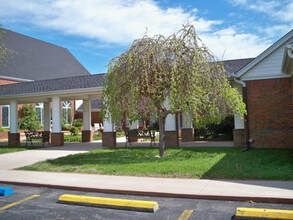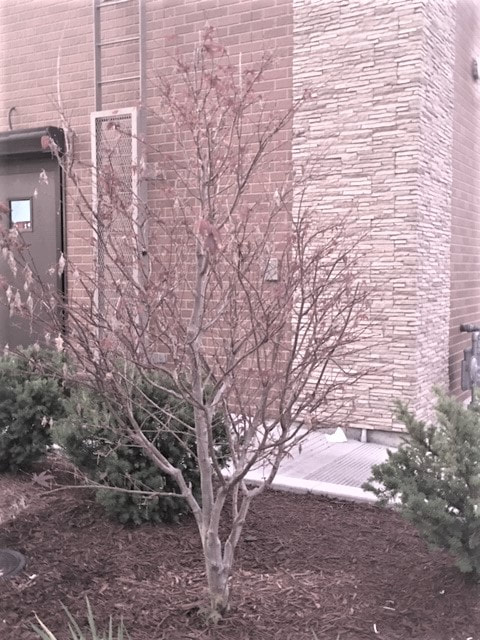|
Ozark Green Thumb BCMG Monthly e-Newsletter |
|
|
 The Baxter County Master Gardeners are a fun group of folks who enjoy sharing their love of gardening with any visitor. At our meetings we have speakers, refreshments, & fun. Come join us! Next Meeting Date: October 10, 2019 from 1:00 - 3:00 pm Meeting Place: The First Presbyterian Church 1106 Spring Street Mountain Home, AR October Speakers: Guest Speaker: Tina Haun, Grassland Specialist at the Baxter County Conservation District Topic: Conservation District Services Horticulture Table: Jason Chamberland Topic: How to Prune Grape Vines Master Gardeners Monthly Radio Program: Mountain Talk Radio October 16th on 97.1 7:15 a.m. - 8:am. Master Gardener Hosts this month are Tommy Hagan and Ceil Gasiecki Directions: From Mountain Home Take US Hwy. 62B East through Mountain Home until you come to Cardinal Street. Cardinal Street is the intersection just past Harp's Grocery. Turn right onto Cardinal Street and travel South until you come to the first stop sign which should be Spring Street. Turn left onto Spring Street and go down the hill past the bridge and the First Presbyterian Church will be on your right hand side. From Gassville: Take Hwy. 62/412 towards Mountain Home. Once you get to Mountain Home continue on into Mountain Home on US 62B. This will take you through town till you get to Harp's Grocery and you come to Cardinal Street. Cardinal Street is the intersection just past Harp's Grocery. Turn right onto Cardinal Street and travel South until you come to the first stop sign which should be Spring Street. Turn left onto Spring Street and go down the hill past the bridge and the First Presbyterian Church will be on your right hand side. here to edit.
0 Comments
 Look closely. Look VERY closely. See those "ornaments" hanging on this formerly beautiful Japanese maple? Those ornaments or bags are 1 1/2" to 2" in length. The bags are the living quarters of a female bagworm and eggs. The bags can very well destroy this beautiful young tree and any of the juniper or evergreen bushes around it. A bagworm, or Thyridopterex ephemeraeformis, is a white moth that lays eggs on any plant with leaves to chew. However, it prefers to lay its eggs on the needled evergreens: juniper, arborvitae, cedars, cypress, pine, hemlock or spruce. Each bag contains one female moth who dies in the bag as soon as she lays around 500+ eggs in each bag. The eggs overwinter and hatch in May. Control bagworms with a one-time spray of BT (Ibacilllus thuringiensis; Dipel, Thuricide, etc.). Spraying starts in northern Arkansas the end of May/early June, and in southern Arkansas early June. The worm larvae are 1/8"-1/4" in length. By the time the bags have formed, only hand picking the bags off the tree will work; the spray will not permeate the bags. Obviously hand-picking will not work for a larger tree; spray the larvae. If the tree is totally browned out--all the green is consumed--the plant is doomed. It will never be a beautiful, robust plant again. The plant would need to be removed. The Japanese maple featured in these pictures dropped every leaf. It managed to recover and grew new leaves with all the egg-filled bags yet hanging from it. For more about other tree issues this time of year, play the September Master Gardener Mondays ZOOM recording and hear Berni Kurz discuss bacterial, fungal, and worm diseases of Arkansas trees in "What's Happening in the Garden?". Logon to Buddy Messages for the link, enjoy the talk and help our trees in the process! Tree August 30, 2019 Tree September 30, 2019
Here are a few items to be mindful of regarding gardens and landscape as we head into fall.
For more information on any of the above points, contact the University of Arkansas Division of Agriculture Cooperative Extension office at 870-425-2335. |
Archives
April 2022
|
|



